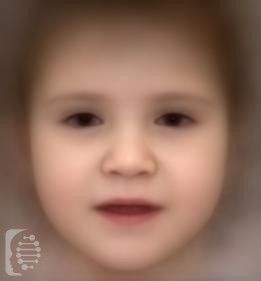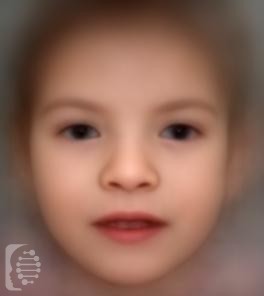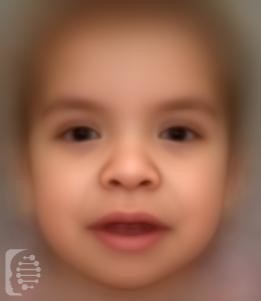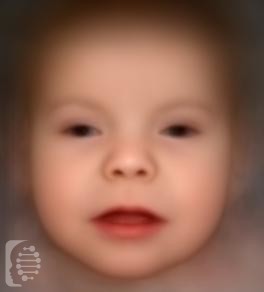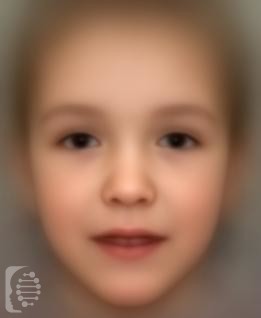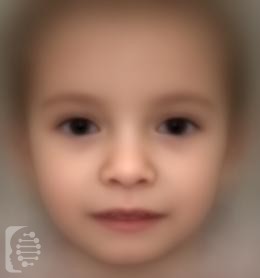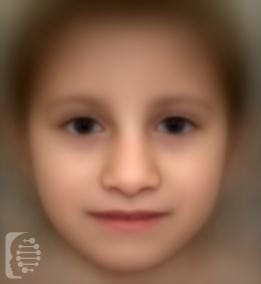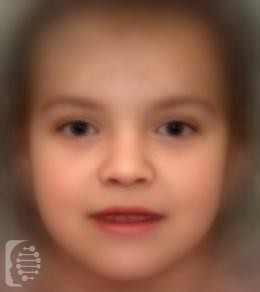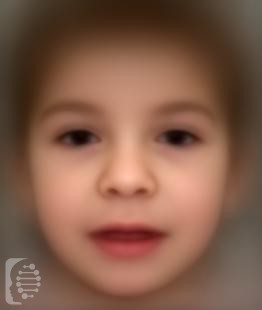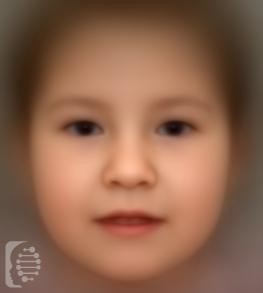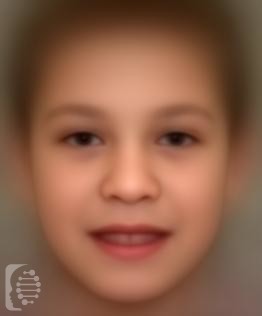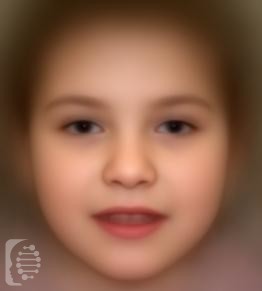Paula and Bobby
Parents of Lillie
Abnormality of the Outer Ear
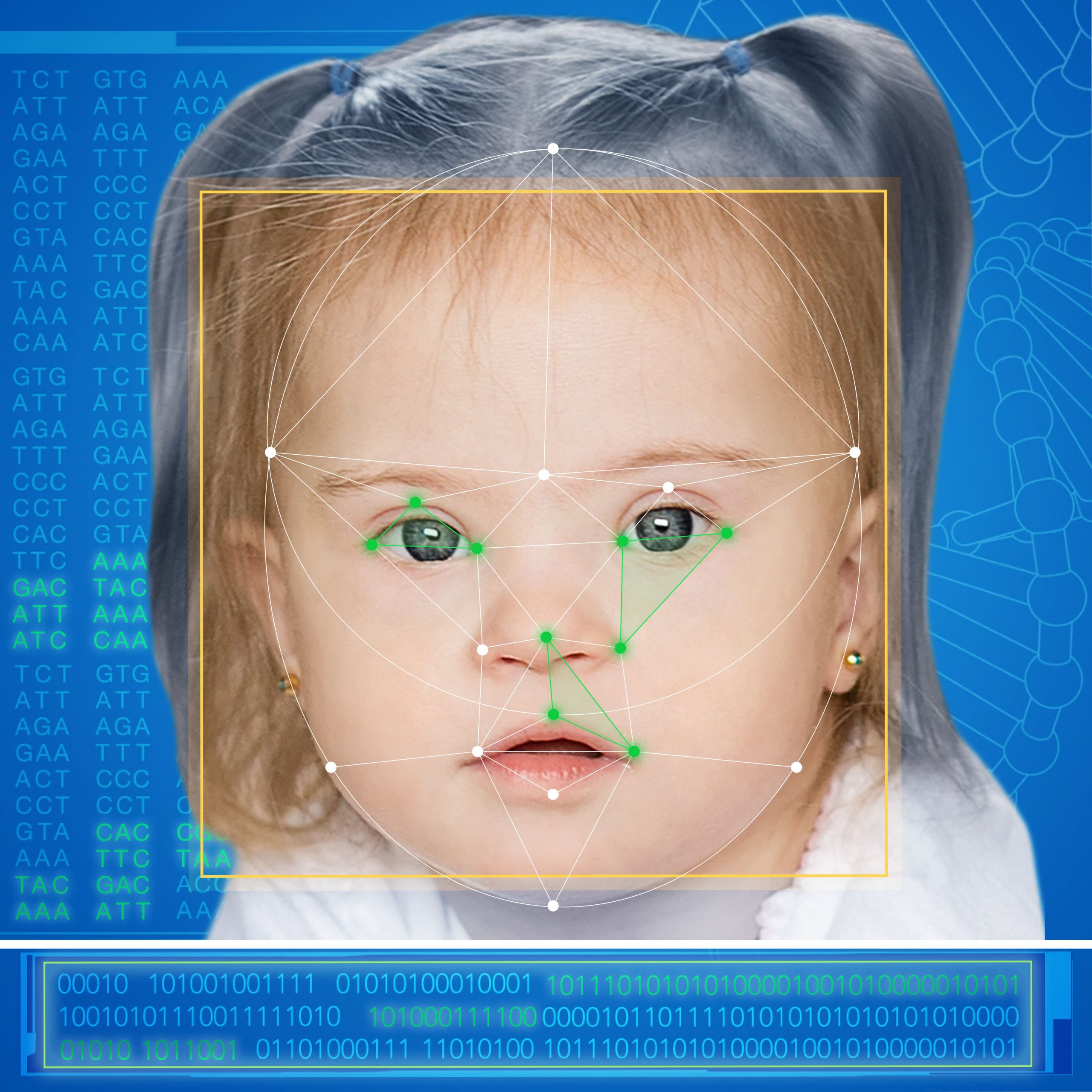
Understanding ear related symptoms and features.
Symptoms may affect multiple parts of the body. Understanding which part of the body a symptom affects, can help us to better understand the potential underlying causes of a symptom, including a rare disease or genetic syndrome.
The ear is a part of the auditory system of the body. The auditory system includes the ear itself and its parts: the inner, middle and outer ear.
Symptoms affecting the ears may be congenital, present at birth, or they may develop later in life. Sometimes surgery may be an option to correct them.
Symptoms relating to the ears may affect their structure and function including their ability to hear, other times they may simply affect the shape or appearance of the ear without any impact on hearing.
What is abnormality of the outer ear?
Abnormality of the outer ear is an unusual or distinctive formation of the outer portion of the ear or one of its components, or an unusual location or placement of one or both ears.
The term 'dysplastic' is no longer in use as a descriptor for an ear with unusual formation, however if you as a patient, parent or caregiver did hear it used in a conversation with a healthcare professional, do be sure to ask for a more specific anatomical description of the particular component of the ear before taking any further action.
Because there are so many distinct parts of the ears (inner, outer and middle, and all their included components), it is important to clarify what is meant and which part is being described when the ear or any portion of it is considered abnormal in appearance or placement. Each type of abnormality of the outer ear can be an important indicator of underlying genetic diseases or syndromes. However, this diagnosis must be based on very specific and clear information about the abnormality, and it also depends on other accompanying features.
What should I do next?
In some instances, abnormality of the outer ear may be one of the features of a rare disease or genetic syndrome. In this case fast, targeted genetic analysis can give you a more accurate diagnosis.
Synonyms:
Ear anomalies, external ear malformations, outer ear abnormality, malformed pinnae, abnormality of the pinna, abnormality of the auricle, abnormal pinnae, abnormality of the external ear, abnormality of the auditory canal, abnormality of cartilage of external ear, abnormal location of ears, aplasia/hypoplasia of the external ear, neoplasm of the outer ear, abnormality of the tympanic membrane, extra concha fold, polyotia, telangiectasia of the ear, hypertrophic auricular cartilage, abnormality of the tympanic membrane, bilateral external ear deformity
HPO:
0000356
Optional syndromes:
Clarify any concerns you may have and get tested online today!
Schedule Your Online Meeting Now
Synonyms:
Ear anomalies, external ear malformations, outer ear abnormality, malformed pinnae, abnormality of the pinna, abnormality of the auricle, abnormal pinnae, abnormality of the external ear, abnormality of the auditory canal, abnormality of cartilage of external ear, abnormal location of ears, aplasia/hypoplasia of the external ear, neoplasm of the outer ear, abnormality of the tympanic membrane, extra concha fold, polyotia, telangiectasia of the ear, hypertrophic auricular cartilage, abnormality of the tympanic membrane, bilateral external ear deformity
HPO:
-
0000356
Optional syndromes:
FDNA™ Health can help you with the diagnostic journey.
Learn about child developmental delays: Causes, Symptoms, and Therapies.
Don't wait years for a diagnosis. Act now and save valuable time.
Explore the most detected symptoms in our system (numbers are global and based on the data from 120 countries):
What is FDNA Health?
With the largest global database and a leading decision-support tool using AI, FDNA™ Health enables patients and their families to better understand symptoms and conditions with the goal of shortening the time to diagnosis.
Benefits of FDNA Health
Save valuable time by
learning about possible conditions
and report to your clinician
Advanced AI technology
and leading worldwide clinicians
shortening time to diagnosis
Looking for answers?
Worried about child development?
We are here to help you!






